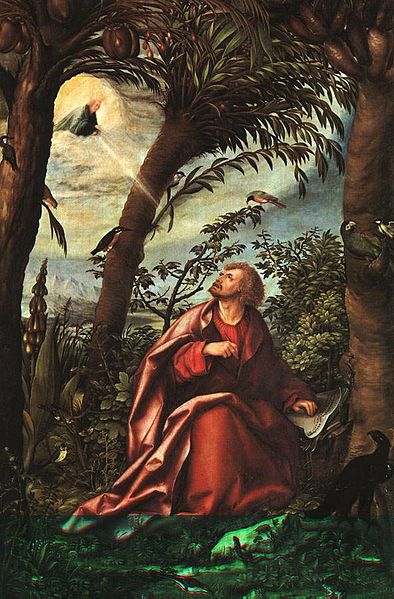When most people retell the story of the birth of Jesus Christ, one of two accounts are usually used as the source – the Gospel of Luke or the Gospel of Matthew. The four Gospels are basically ancient biographies of Jesus Christ. Matthew and Luke are very direct in their narratives of the birth of Jesus. Mark does not mention a thing about Jesus’ birth, as he jumps directly to John the Baptist in his opening.
John’s Gospel is different (as it is in many ways). While not giving a narrative re-telling of Jesus’ birth, John does have a very theologically significant “birth account” of Jesus Christ. It is shadowed in metaphorical language. Here is how John relates the Christmas story:
In the beginning was the Word, and the Word was with God, and the Word was God. He was with God in the beginning. Through him all things were made; without him nothing was made that has been made. In him was life, and that life was the light of men……….The true light that gives light to every man was coming into the world………The Word became flesh and made his dwelling among us. We have seen his glory, the glory of the One and Only, who came from the Father, full of grace and truth. (John 1:1-4, 9, 14, New International Version)
One thing I love about John’s Christmas story is that he talks about the eternal pre-existence of Christ in addition to the incarnational birth (“the Word became flesh”). There is striking irony in speaking about someone being born who was also forever already in existence (indeed, the maker of everything past, present, and future). That is the mysterious beauty of the Trinity.
Image: St. John of Patmos by Hans Burgkmair the Elder (1473-1531), 1518




